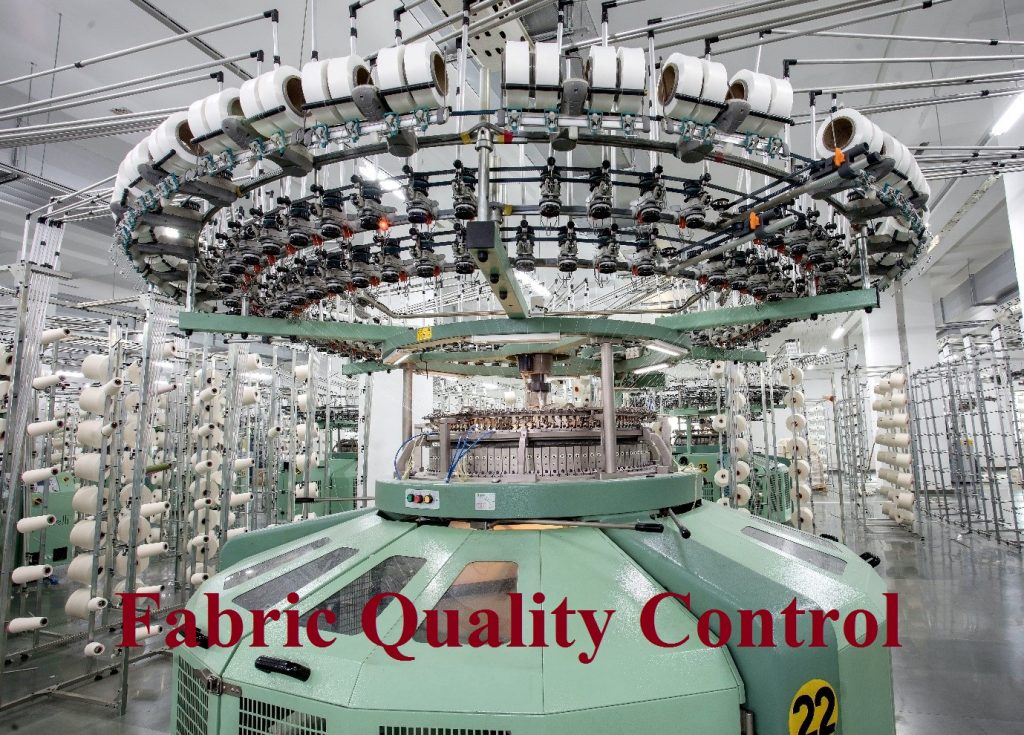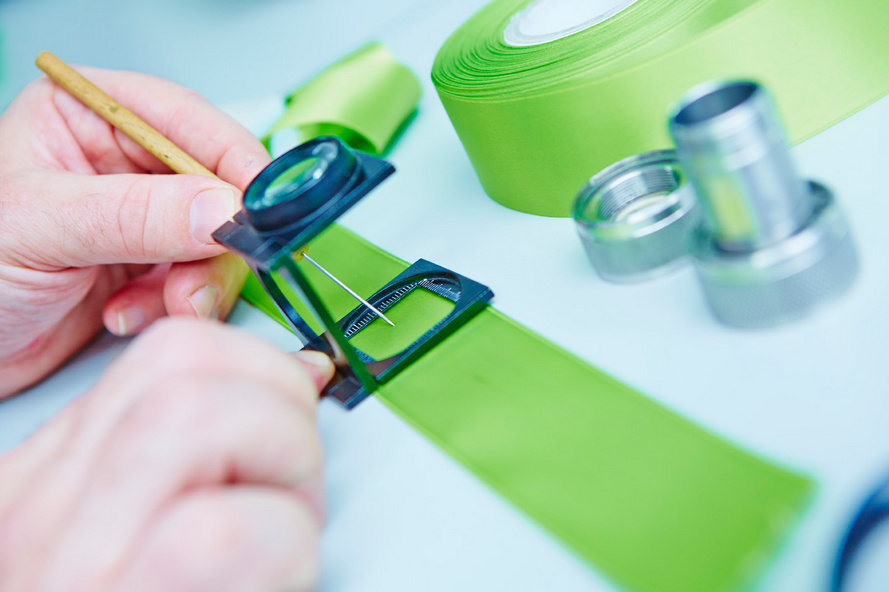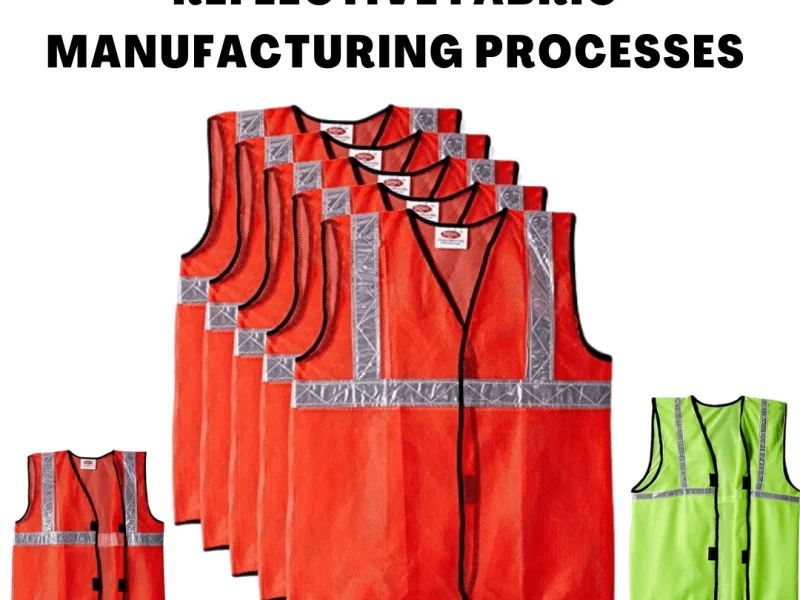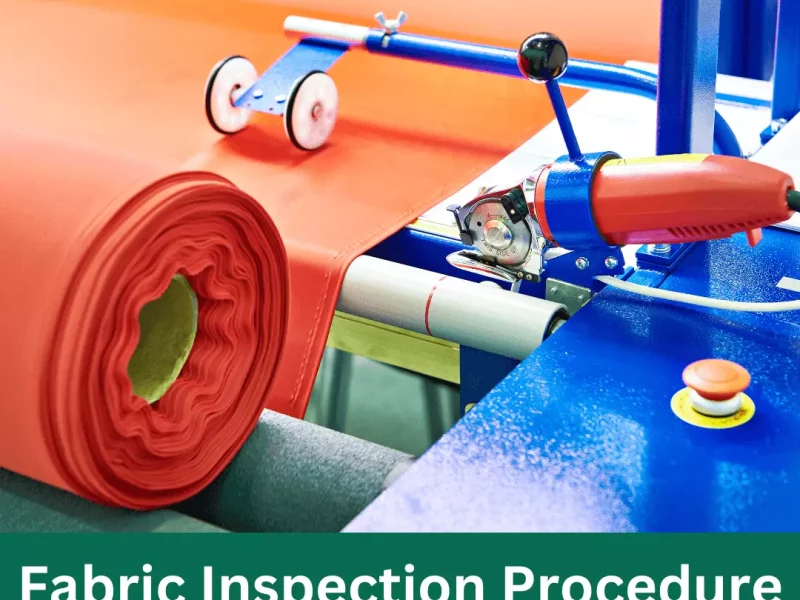With the current world situation, diseases, the financial crisis, and constant growth and development, clothing and textile factories are also becoming a battleground for the economy. The growing pressure on the economy over the last few years has been negative for this group.
Best Ways to Manage Fabric Quality Control in Textile Industry
The industry remains in a state of disrepair. Yet, wearing popular clothing with branded power and dignified customers looks like some of the pillars that support it. Therefore, the nature of clothing as a product of direct consumer concern should be very important.
Manufacturers need to improve the product quality, as this can also increase market competitiveness. It is not news that consumers face common clothing problems such as durability, wear, tear, etc. These problems are related to the quality of the fabrics.
This article provides a guide on how textile and apparel companies can regulate and regulate the quality of their products. However, before we look at quality regulation, it is important to understand the textile production process.
The figure above also highlights the three main components of fabric production: fabric control, production and performance, and quality control. These three areas are also an important part of good governance. Let’s now look at what this means before we get too deep into the quality of the fabric.
Quality Control
Most important in all aspects of a business. Consumers need and expect value for money. As garment manufacturers, we should always strive for good work. “Systems are needed to program and coordinate the efforts of different groups in an organization to maintain optimal quality.” Because quality control is considered representative of quality assurance or full quality control.
In the apparel business, good regulation is demonstrated from the outset of selling raw materials to finished garments. Good products in the clothing and apparel industry are based on fibers, yarns, structural fabrics, fast colors, surface finishes, and finished products. However, the expected good for exports is directed at consumers and retailers.
Control and simulation are some of the most important parts of the content of any work and, therefore, a very important part of learning.
Total Quality Control
“Make sure the product quality requirements are met.” This ensures customer satisfaction while leaving the well-regulated as necessary but very expensive.
Ensuring the required product quality at the lowest reasonable price at all stages of production, from standard materials to packaging.
Objectives
For the first time, increased production of products intolerant settings.
To achieve design satisfaction of the fabric or garment, consider the choice of designs, styles, colors, suitable components, and product marketing.
Approach
- Organize changes in textile and clothing production to get the full picture.
- Develop a technical profile in many areas or areas so that all designers and manufacturers have a clear idea of what is needed.
- Make sure that the acceptance of the work is based on all the values of the information.
- Correct incorrect data in the measuring system.
- Raise product awareness, including
- Relationship between tree geometry and thread readings, long loops, number dialing, interruptions, and fabric properties.
- Sewing problems.
- Causes and prevention of broken cleaning.
- The effect of different materials on the clear tone of the products affects the combined tones.
1. Raw Material Inspection
Once you have received the clothes or accessories from the store, you should inspect them. 10% of fabrics can be checked on a 4-point / 10-point scale. The most commonly used system is 4 points.
Fabrics and materials (cords, buttons, zippers, etc.) can be tested in a laboratory to ensure that anything in the clothing industry meets standards. Various models have been tested on fabrics such as textile weaving, GSM (gram per square meter), yarn count, yarn count, energy intensity, characteristic, hand-feeling, dimensional stability, fast color, and so on.
2. Set Clear Tolerances For Garment Measurements
Would you be able to buy or dress the wrong way? Probably, right?
Measuring the amount of clothing is an important aspect of clothing inspections. Many consumers are more concerned with the comfort of clothing than any other essential item. However, measuring clothing can also be one of the most difficult situations to handle with a supply company. But need not worry; the WooCommerce Dynamic Measurement plugin will help you to take accurate measurements.
Making clothes is a complicated process for the employee, and proper clothing management prevents the permanent insertion of cookies between parts. Unlike injection molding and other products that can be made and adapted using production techniques and machines, garments are usually made by hand.
This is why you get the difference between clothes more than other products. When making special plants, set a tolerance for all yields that allows for low yield error. And provide this list of tolerances to your service and QC team to ensure products are manufactured and inspected according to your requirements.
3. Perform Lab Testing For Apparel Quality Control
You may need to manage your clothing properly. For example, any problems with the general condition of the delicate tissue may be a sign of a serious textile problem.
Testing in laboratory clothing usually involves taking a sample of a material product and sending it to an accredited official for review. For example, one-party labs can help you experiment with paint models, decorative stones, sapphires, or clothing.
Many suppliers say the factory has a qualified laboratory for testing fabrics or garments. And some factories even have a professional and skilled salesman. However, many others have the best unsanitary conditions for presenting evidence.
Most of the tests on the exam are not difficult, and visitors do not require any training or specialties.
Many countries require clothing importers to label their products with fiber (see How to Test and Label Clothing Standards). These guidelines help consumers avoid anything they may be exposed to and avoid misrepresenting fiber.
Laboratory tests can also help you evaluate the safety of your clothing. Unlike most products, garments appear to have direct and long-lasting contact with leather clothing – this is likely to be a systematic risk of many clothing importers being ignored.




